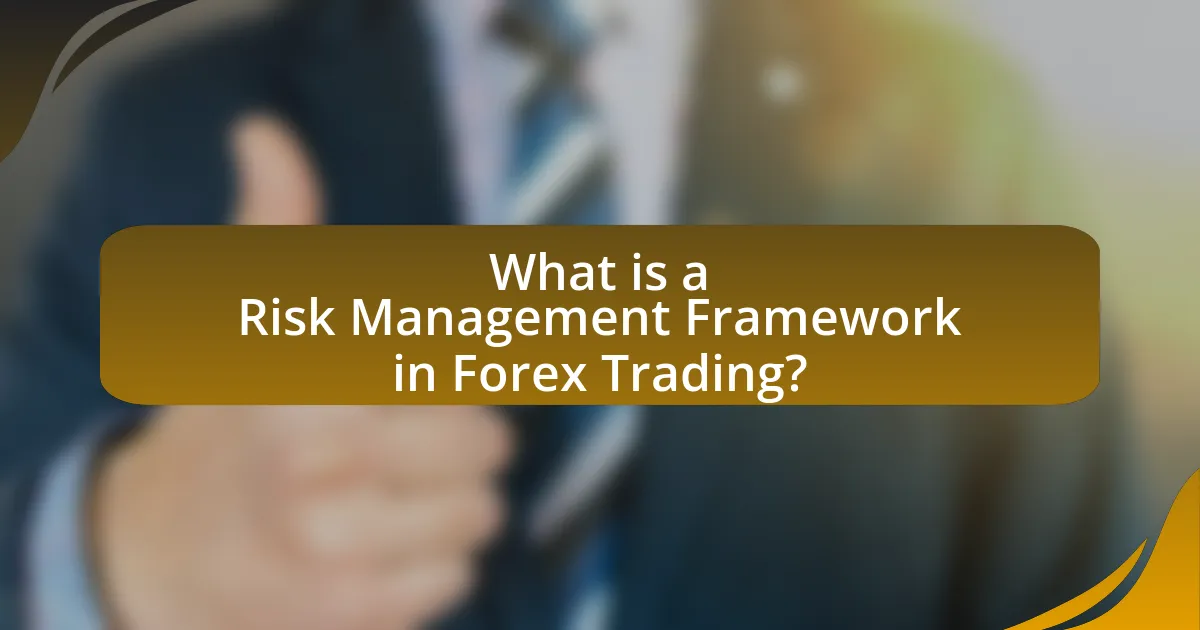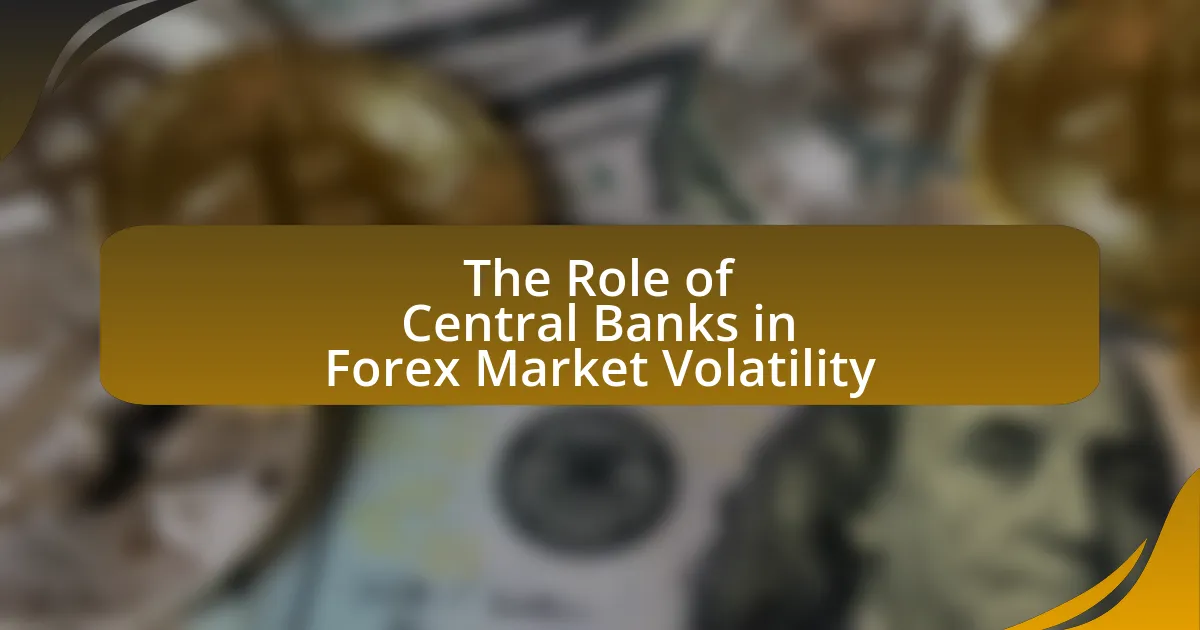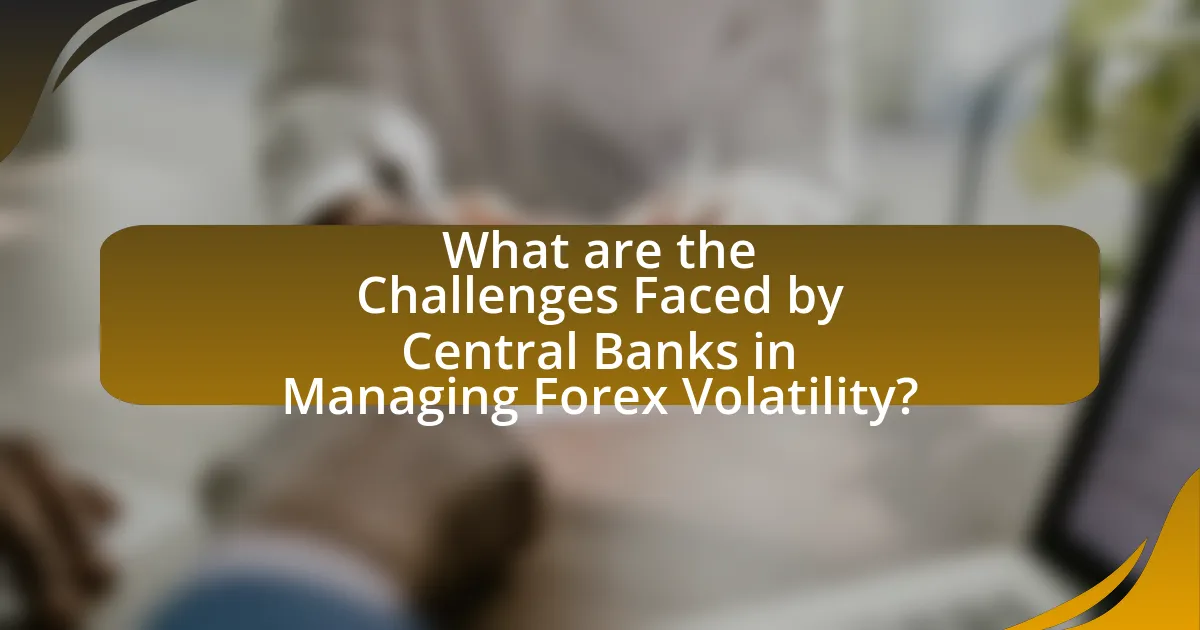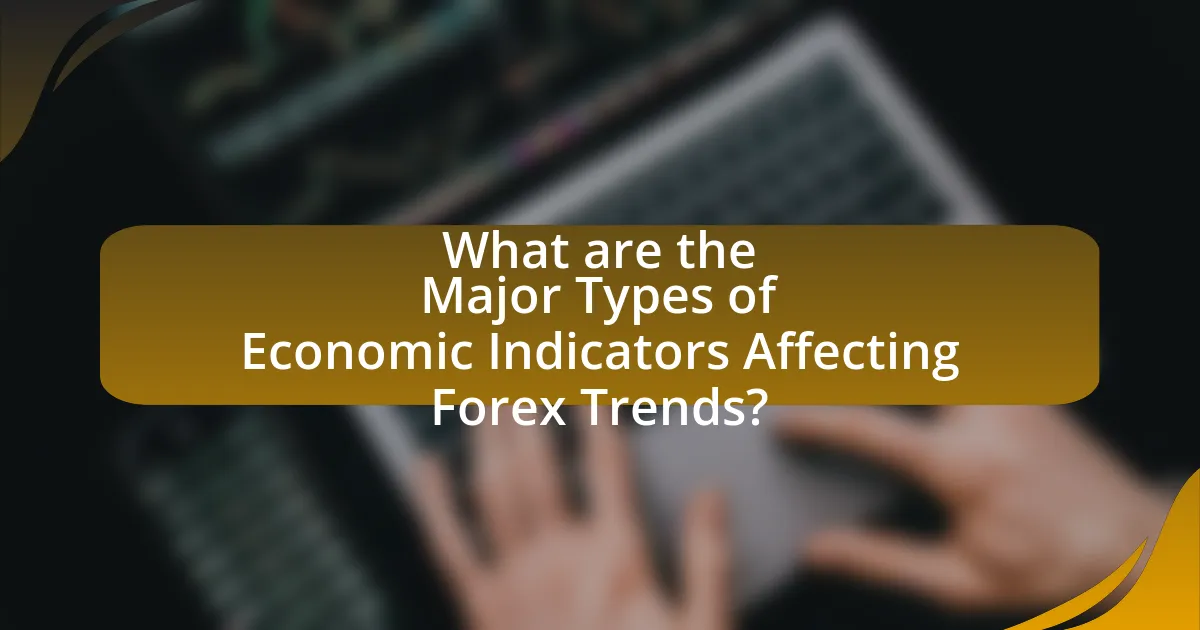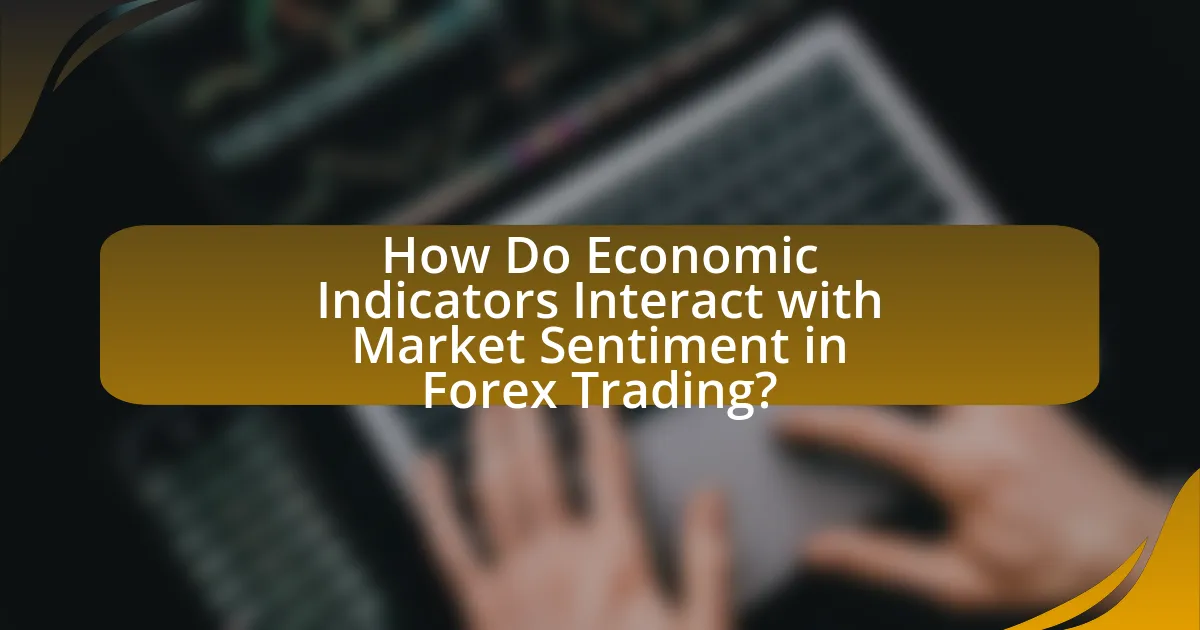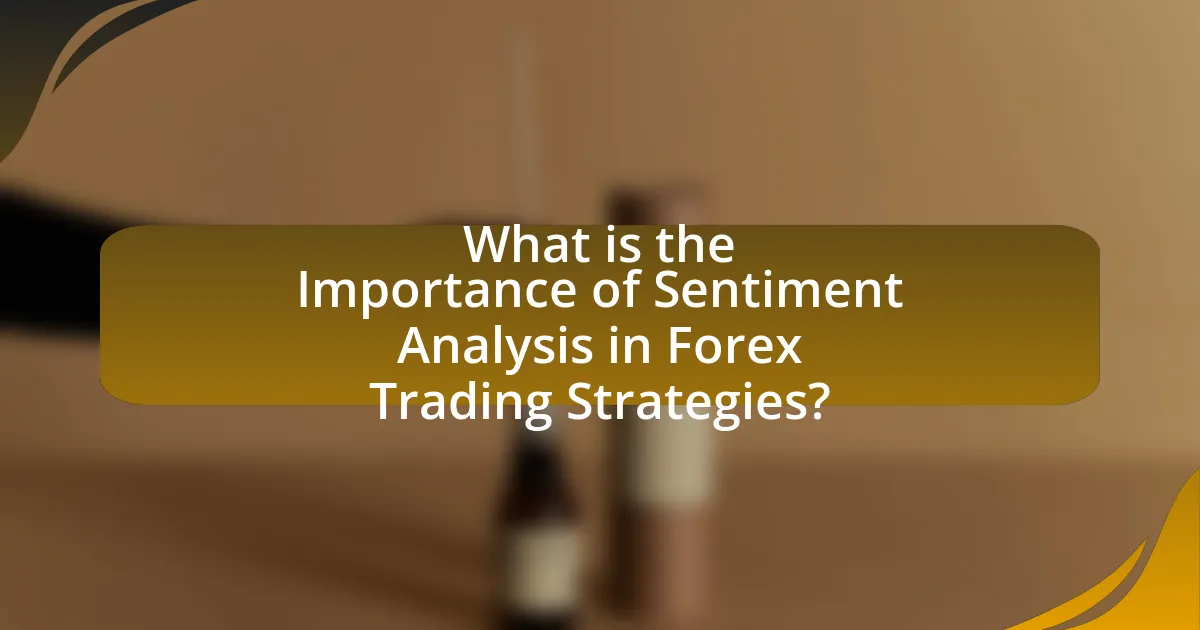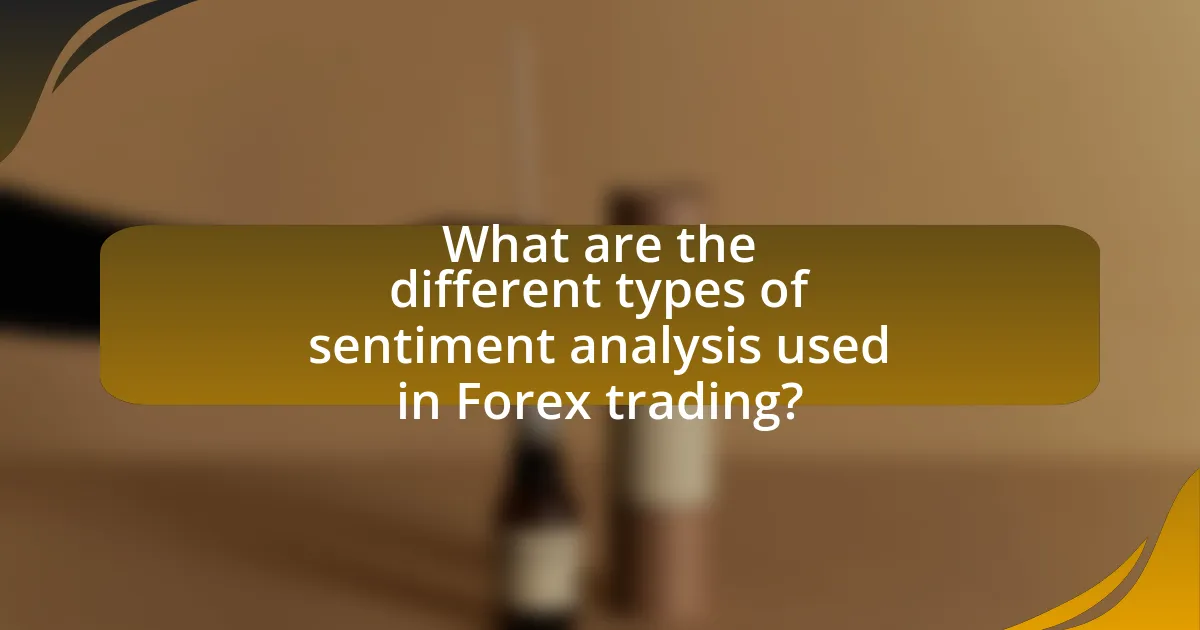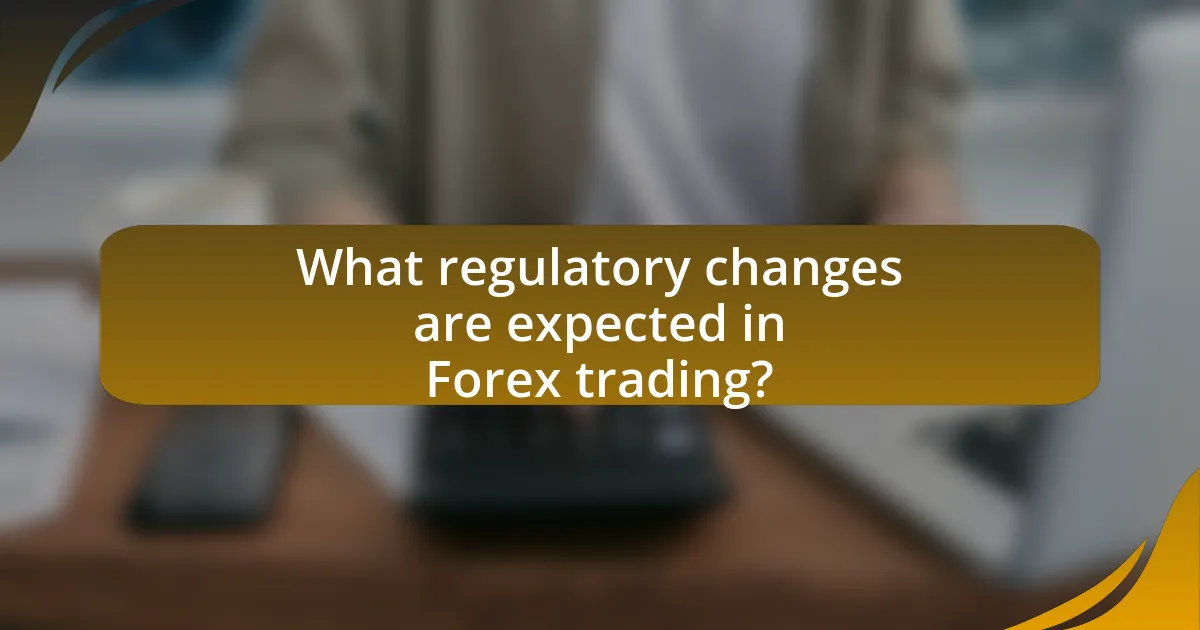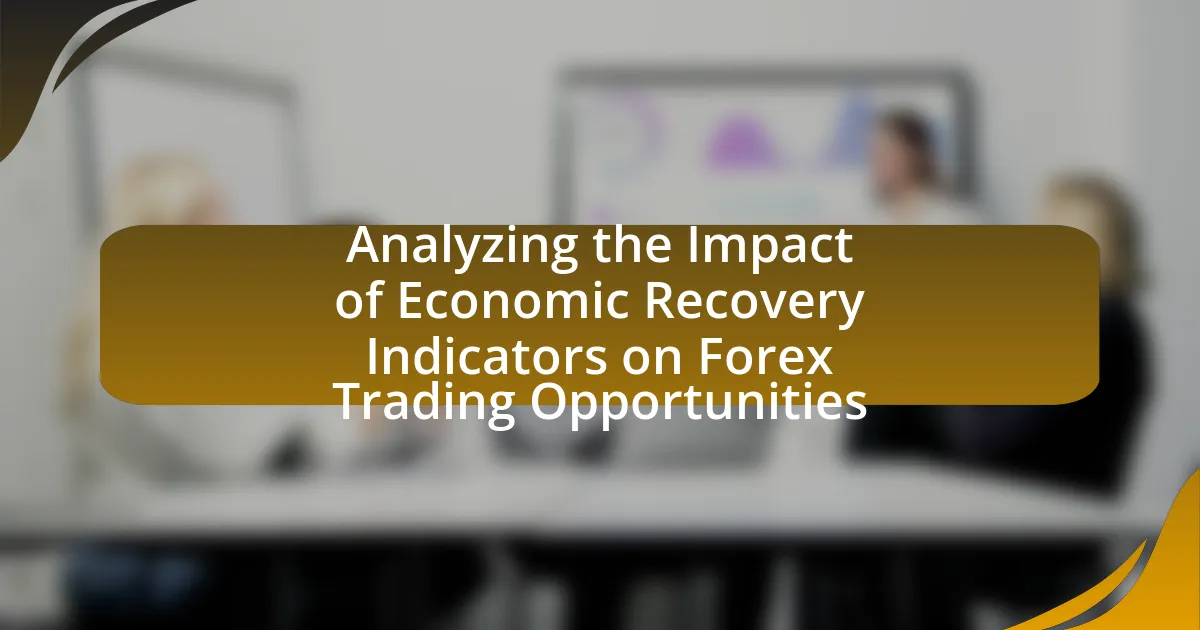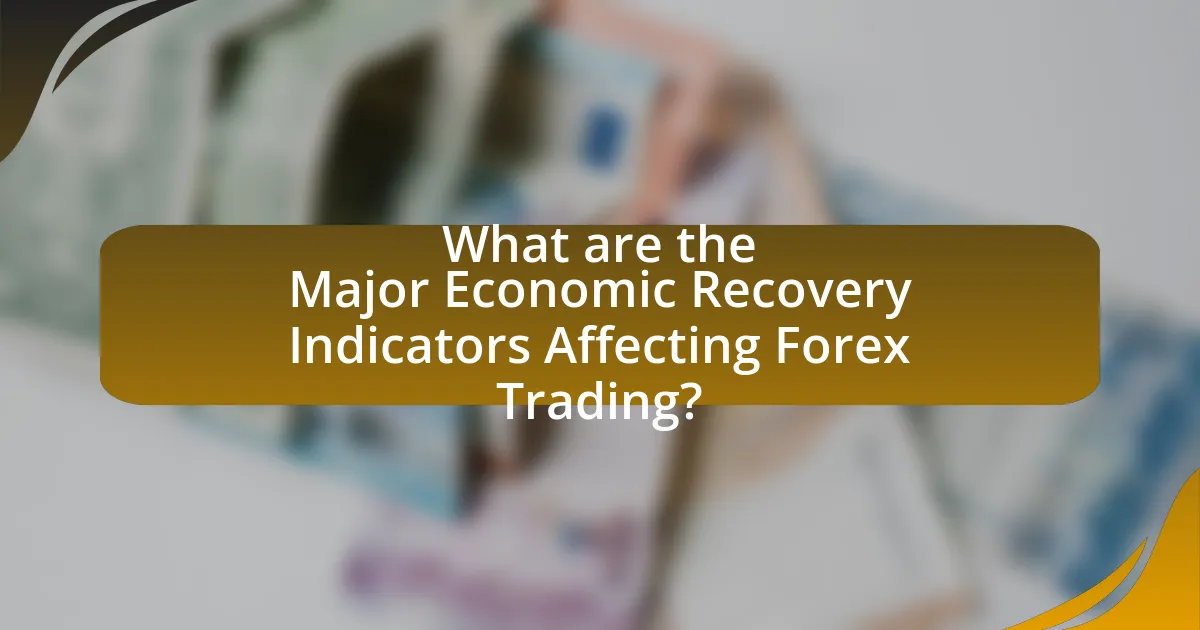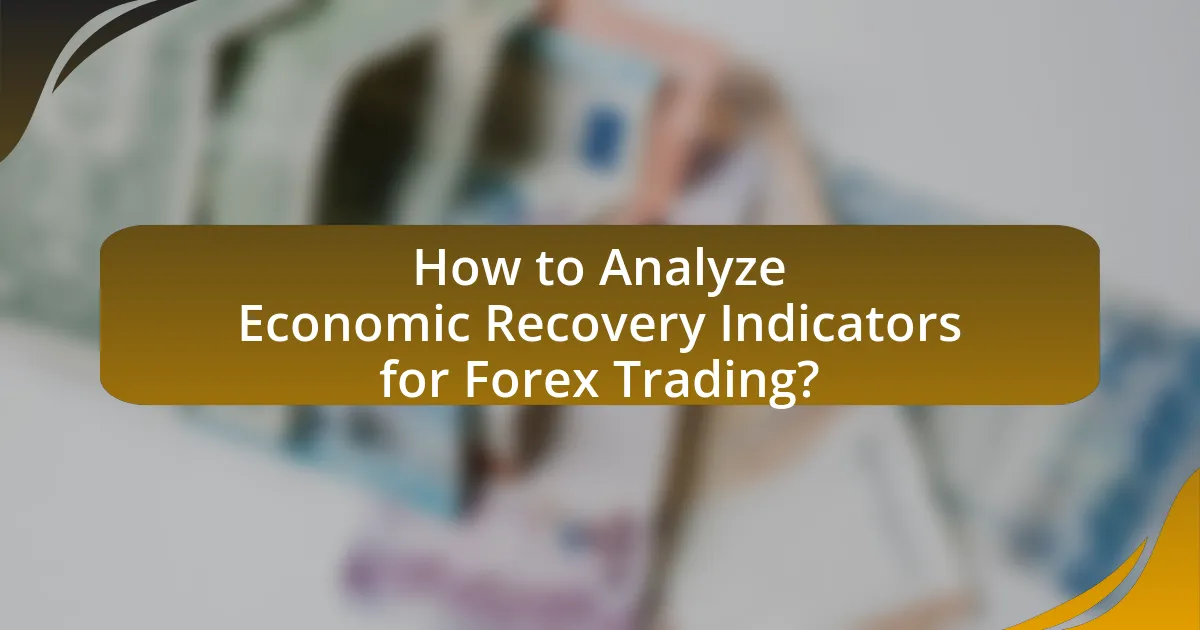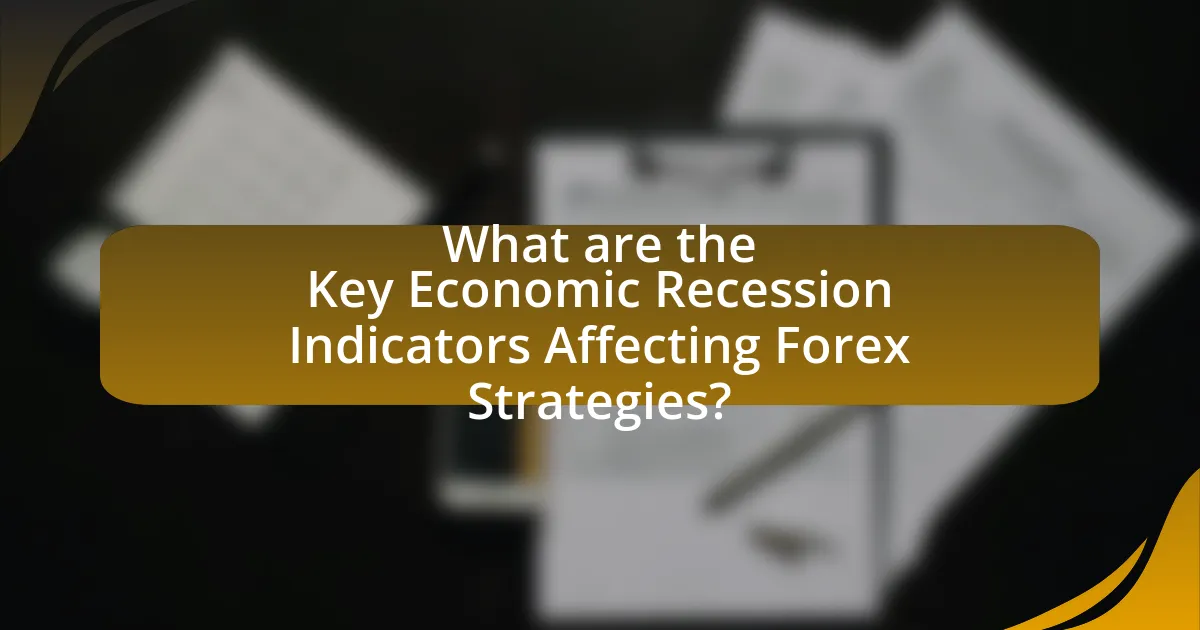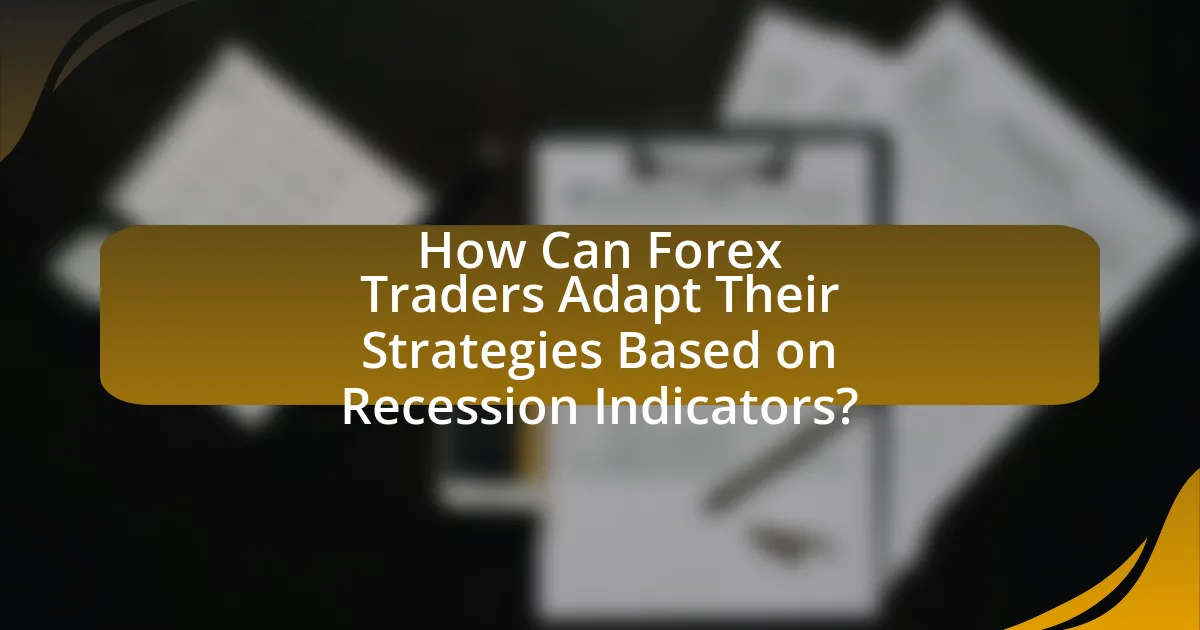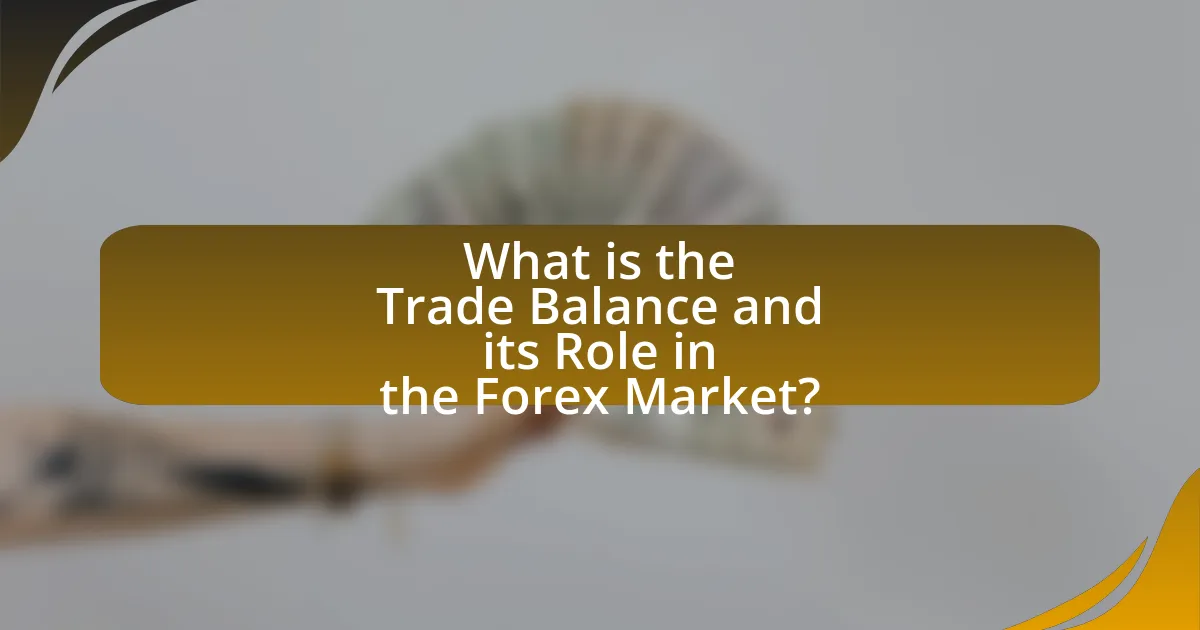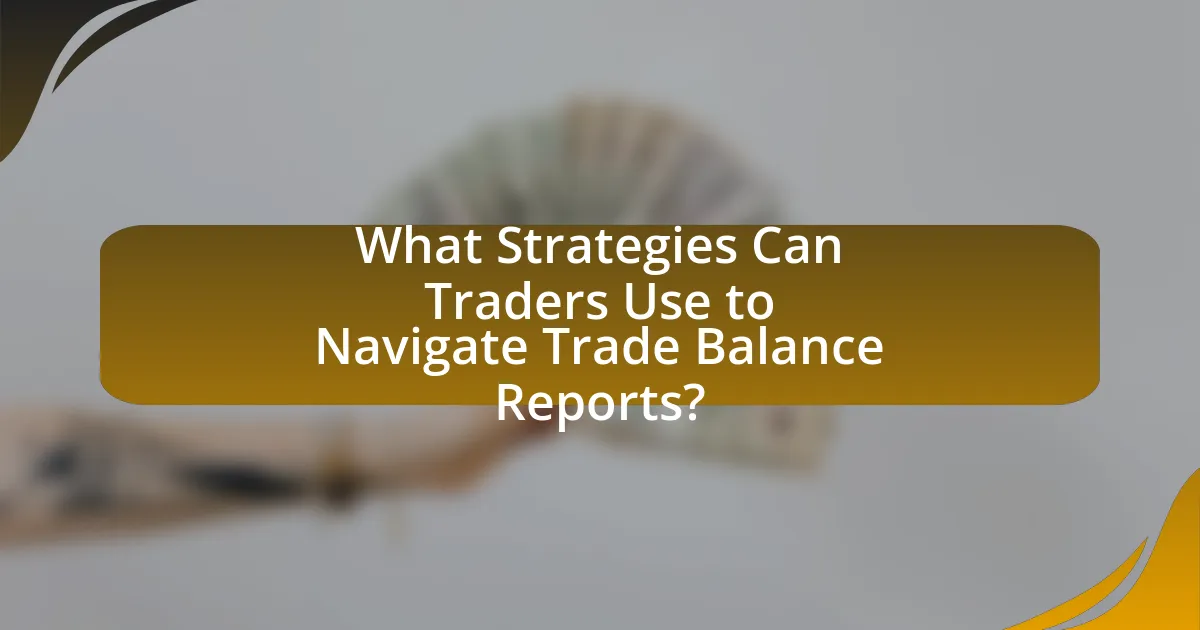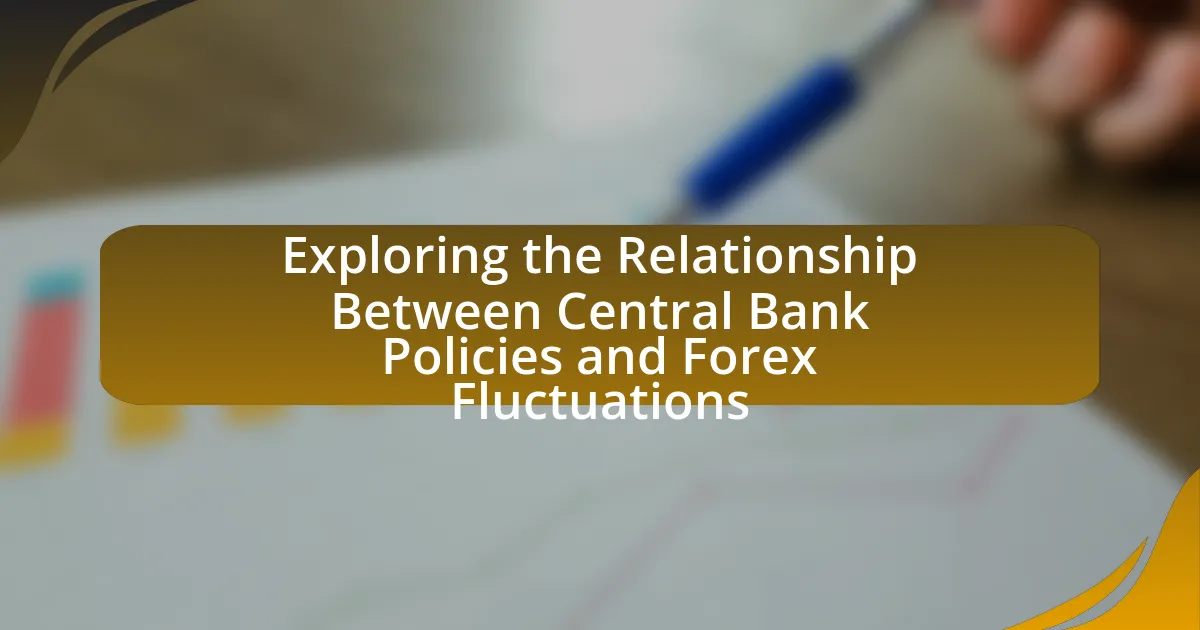Geopolitical events are occurrences that involve political and economic interactions between nations, significantly impacting global relations and stability. This article examines how such events, including military conflicts, trade agreements, and political instability, influence currency fluctuations and market volatility. It highlights the mechanisms linking geopolitical events to changes in currency values, the implications for global economies, and the strategies traders and investors can employ to navigate these fluctuations. Understanding these dynamics is crucial for making informed decisions in the context of international trade and investment.

What are Geopolitical Events and Their Significance?
Geopolitical events are occurrences that involve the political and economic interactions between nations, significantly impacting global relations and stability. These events, such as wars, treaties, elections, and diplomatic negotiations, can lead to shifts in power dynamics, influence trade policies, and affect international markets. For instance, the 2008 financial crisis, which was partly triggered by geopolitical tensions, resulted in substantial currency fluctuations as investors reacted to perceived risks. Such events are significant because they can alter investor confidence, leading to volatility in currency values, as seen during the Brexit referendum in 2016, which caused the British pound to drop sharply against other currencies.
How do geopolitical events impact global economies?
Geopolitical events significantly impact global economies by influencing trade relationships, investment flows, and market stability. For instance, conflicts or tensions between countries can lead to sanctions, disrupting trade routes and increasing costs for businesses. The 2014 annexation of Crimea by Russia resulted in economic sanctions from Western nations, which led to a decline in Russia’s GDP by 2.8% in 2015, demonstrating how geopolitical actions can directly affect economic performance. Additionally, geopolitical instability often leads to fluctuations in currency values, as investors seek safer assets during uncertain times, further illustrating the interconnectedness of geopolitical events and economic outcomes.
What types of geopolitical events are most influential?
The most influential types of geopolitical events include military conflicts, trade agreements, and political instability. Military conflicts, such as the ongoing tensions in the Middle East, can lead to significant fluctuations in oil prices, impacting global currencies. Trade agreements, like the US-China trade deal, directly affect economic relations and can strengthen or weaken currencies based on perceived economic stability. Political instability, exemplified by events like Brexit, creates uncertainty that often leads to currency depreciation as investors seek safer assets. These events are critical in shaping market perceptions and influencing currency values.
How do these events create uncertainty in markets?
Geopolitical events create uncertainty in markets by disrupting economic stability and investor confidence. For instance, conflicts or political instability can lead to fluctuations in currency values, as seen during the Brexit referendum in 2016, where the British pound dropped significantly due to uncertainty surrounding the UK’s future relationship with the EU. Such events often result in volatility, as investors react to potential risks, leading to rapid changes in market sentiment and asset prices.
Why is understanding geopolitical events crucial for currency traders?
Understanding geopolitical events is crucial for currency traders because these events can significantly impact currency values and market volatility. For instance, political instability, trade agreements, or military conflicts can lead to fluctuations in investor confidence, which directly affects currency demand. Historical examples include the Brexit referendum in 2016, which caused the British pound to drop sharply due to uncertainty surrounding the UK’s economic future. Additionally, the U.S.-China trade tensions have led to fluctuations in the value of the Chinese yuan and the U.S. dollar, as traders react to news and developments in these geopolitical relationships. Therefore, currency traders must analyze geopolitical events to make informed trading decisions and manage risks effectively.
What role does geopolitical analysis play in trading strategies?
Geopolitical analysis plays a crucial role in trading strategies by providing insights into how political events and international relations impact market movements. Traders utilize geopolitical analysis to anticipate currency fluctuations, as events such as elections, conflicts, and trade agreements can significantly influence investor sentiment and economic stability. For instance, the 2016 Brexit referendum led to immediate volatility in the British pound, demonstrating how geopolitical events can create trading opportunities or risks. By integrating geopolitical analysis into their strategies, traders can make informed decisions that align with potential market shifts driven by global political dynamics.
How can traders anticipate currency movements based on geopolitical events?
Traders can anticipate currency movements based on geopolitical events by analyzing the potential impact of these events on economic stability and investor sentiment. For instance, when a country faces political unrest, such as protests or government changes, it often leads to uncertainty, causing its currency to depreciate. Historical examples include the Arab Spring, where currencies in affected countries experienced significant volatility due to political instability. Additionally, traders monitor economic indicators and news releases related to geopolitical events, as these can provide insights into future currency trends. For example, the U.S.-China trade tensions in 2018 led to fluctuations in the Chinese yuan, as traders reacted to tariffs and trade negotiations. By staying informed on geopolitical developments and their economic implications, traders can make more informed predictions about currency movements.

How do Geopolitical Events Influence Currency Fluctuations?
Geopolitical events significantly influence currency fluctuations by altering investor sentiment and economic stability. For instance, political instability, such as conflicts or regime changes, can lead to a decrease in investor confidence, prompting capital flight and depreciation of the affected country’s currency. Historical examples include the 2016 Brexit referendum, which caused the British pound to drop sharply due to uncertainty surrounding the UK’s economic future. Additionally, sanctions imposed on countries, like those on Russia following its annexation of Crimea in 2014, can lead to currency devaluation as trade and investment diminish. These events create volatility in foreign exchange markets, as traders react to perceived risks and opportunities.
What mechanisms link geopolitical events to currency value changes?
Geopolitical events influence currency value changes primarily through market sentiment, economic stability, and interest rates. Market sentiment shifts occur when geopolitical tensions, such as conflicts or diplomatic crises, create uncertainty, leading investors to seek safer assets like stable currencies. For instance, during the 2016 Brexit referendum, the British pound fell sharply due to uncertainty about the UK’s economic future. Economic stability is affected as geopolitical events can disrupt trade, supply chains, and investment flows, impacting a country’s economic outlook and, consequently, its currency value. For example, sanctions imposed on Russia in 2014 led to a significant depreciation of the Russian ruble. Interest rates are also influenced by geopolitical events; central banks may adjust rates in response to economic conditions stemming from such events, further affecting currency values. In summary, the interplay of market sentiment, economic stability, and interest rates serves as the primary mechanisms linking geopolitical events to changes in currency values.
How do interest rates respond to geopolitical tensions?
Interest rates typically rise in response to geopolitical tensions. This increase occurs because investors seek safer assets, prompting central banks to adjust rates to stabilize the economy and control inflation. For instance, during the 2014 Ukraine crisis, the U.S. Federal Reserve indicated a cautious approach to interest rate hikes, reflecting the uncertainty in global markets. Similarly, in 2001, following the September 11 attacks, the Federal Reserve cut rates to support economic stability, demonstrating how geopolitical events can influence monetary policy decisions.
What is the relationship between political stability and currency strength?
Political stability directly influences currency strength, as stable governments tend to foster investor confidence, leading to stronger currencies. For instance, countries like Switzerland and Germany, known for their political stability, often have stronger currencies compared to nations experiencing political turmoil, such as Venezuela or Zimbabwe, where instability has led to hyperinflation and currency devaluation. Historical data shows that during periods of political unrest, such as the Arab Spring, affected countries saw significant declines in their currency values, reinforcing the correlation between political stability and currency strength.
How do different currencies react to specific geopolitical events?
Different currencies react to specific geopolitical events through fluctuations in their exchange rates, often influenced by investor sentiment, economic stability, and political risk. For instance, during the Brexit referendum in 2016, the British Pound fell sharply against major currencies like the US Dollar and Euro, reflecting uncertainty and potential economic disruption. Similarly, the US Dollar typically strengthens during geopolitical tensions, such as military conflicts, as it is viewed as a safe-haven currency. Historical data shows that the Japanese Yen also appreciates during times of global uncertainty, as investors seek stability. These reactions are driven by market perceptions of risk and the anticipated economic impact of the events.
What are the effects of military conflicts on currency values?
Military conflicts typically lead to a depreciation of the currency of the nation involved in the conflict. This depreciation occurs due to increased uncertainty, which drives investors to seek safer assets, often resulting in capital flight from the conflict-affected country. For instance, during the Iraq War in 2003, the Iraqi dinar lost significant value as investors anticipated instability and economic disruption. Additionally, military conflicts can disrupt trade and economic activity, further weakening the currency. Historical data shows that currencies of countries engaged in prolonged conflicts, such as Syria and Afghanistan, have experienced substantial declines in value, reflecting the adverse economic impacts of warfare.
How do trade agreements influence currency fluctuations?
Trade agreements influence currency fluctuations by altering trade balances and investor confidence. When countries enter into trade agreements, they often reduce tariffs and other trade barriers, which can lead to increased exports and imports. This change in trade dynamics can strengthen a country’s currency if exports rise significantly, as higher demand for goods typically increases demand for the currency. For example, the North American Free Trade Agreement (NAFTA) led to increased trade between the U.S., Canada, and Mexico, impacting their currencies by enhancing economic ties and boosting trade volumes. Additionally, trade agreements can signal economic stability and growth potential, attracting foreign investment, which further supports currency appreciation.

What are the Implications of Currency Fluctuations Due to Geopolitical Events?
Currency fluctuations due to geopolitical events can lead to significant economic implications, including altered trade balances, inflationary pressures, and shifts in investment flows. For instance, when tensions arise, such as during the Russia-Ukraine conflict, currencies of affected nations may depreciate, making imports more expensive and potentially leading to inflation. This inflation can erode consumer purchasing power and affect overall economic stability. Additionally, investors often seek safe-haven currencies like the US dollar during geopolitical uncertainty, which can strengthen those currencies while weakening others. Historical data shows that during the Gulf War in 1990, the US dollar appreciated against several currencies as investors sought stability, illustrating the direct impact of geopolitical events on currency values.
How do currency fluctuations affect international trade?
Currency fluctuations significantly impact international trade by altering the relative prices of goods and services between countries. When a currency depreciates, exports become cheaper for foreign buyers, potentially increasing demand, while imports become more expensive, which can reduce their consumption. Conversely, if a currency appreciates, exports may become more expensive, leading to decreased demand, while imports become cheaper, potentially increasing their consumption. For instance, in 2015, the U.S. dollar strengthened against other currencies, resulting in a 4% decline in U.S. exports, as reported by the U.S. Census Bureau. This demonstrates how currency value directly influences trade dynamics, affecting trade balances and economic growth.
What challenges do businesses face with volatile currencies?
Businesses face significant challenges with volatile currencies, primarily including increased financial risk, unpredictable pricing, and difficulties in budgeting. Increased financial risk arises as fluctuations can lead to unexpected losses on foreign transactions, impacting profit margins. Unpredictable pricing complicates the ability to set stable prices for goods and services, making it difficult to maintain competitiveness in the market. Additionally, difficulties in budgeting occur because businesses struggle to forecast costs accurately when currency values are unstable, leading to potential cash flow issues. These challenges are particularly pronounced in industries heavily reliant on international trade, where currency volatility can directly affect operational costs and strategic planning.
How can companies hedge against currency risks?
Companies can hedge against currency risks by utilizing financial instruments such as forward contracts, options, and swaps. Forward contracts allow companies to lock in exchange rates for future transactions, thereby mitigating the impact of currency fluctuations. Options provide the right, but not the obligation, to exchange currency at a predetermined rate, offering flexibility in volatile markets. Currency swaps enable companies to exchange cash flows in different currencies, effectively managing exposure to currency risk. According to a study by the Bank for International Settlements, firms that actively engage in hedging strategies can reduce their exposure to currency volatility by up to 50%, demonstrating the effectiveness of these financial instruments in managing currency risks.
What strategies can investors use to navigate currency fluctuations?
Investors can navigate currency fluctuations by employing strategies such as hedging, diversification, and utilizing currency ETFs. Hedging involves using financial instruments like options and futures to protect against adverse currency movements; for example, a company expecting to receive payments in a foreign currency can lock in exchange rates to mitigate risk. Diversification across different currencies and assets can reduce exposure to any single currency’s volatility, as evidenced by studies showing that a diversified portfolio can lower overall risk. Currency exchange-traded funds (ETFs) allow investors to gain exposure to foreign currencies without directly holding them, providing a flexible way to manage currency risk. These strategies are supported by historical data indicating that proactive management of currency exposure can enhance investment returns and reduce potential losses during periods of significant currency volatility.
How can geopolitical risk assessments improve investment decisions?
Geopolitical risk assessments can improve investment decisions by providing insights into potential market volatility and economic stability influenced by political events. Investors who analyze geopolitical risks can identify countries or regions that may experience instability, allowing them to adjust their portfolios accordingly. For instance, a study by the International Monetary Fund in 2021 found that geopolitical tensions can lead to significant fluctuations in currency values, impacting investment returns. By understanding these risks, investors can make informed decisions, such as diversifying their investments or hedging against potential losses, ultimately enhancing their financial outcomes.
What tools are available for monitoring currency movements related to geopolitical events?
Tools available for monitoring currency movements related to geopolitical events include financial news platforms, economic calendars, and specialized trading software. Financial news platforms like Bloomberg and Reuters provide real-time updates on geopolitical developments and their potential impact on currencies. Economic calendars, such as those from Forex Factory, list key economic indicators and geopolitical events that can influence currency fluctuations. Additionally, trading software like MetaTrader and TradingView offers analytical tools and indicators to track currency movements in response to geopolitical changes. These tools collectively enable traders and analysts to make informed decisions based on current geopolitical contexts.
What best practices should traders follow in response to geopolitical events?
Traders should prioritize risk management and stay informed about geopolitical developments to navigate market volatility effectively. Implementing stop-loss orders can help limit potential losses during sudden market shifts caused by geopolitical tensions. Additionally, diversifying portfolios across different asset classes can mitigate risks associated with specific geopolitical events. Historical data shows that currency pairs often react sharply to geopolitical news; for instance, the 2016 Brexit referendum led to significant fluctuations in the British pound, underscoring the importance of being prepared for rapid changes. Regularly reviewing economic indicators and geopolitical news can also provide traders with insights to make informed decisions, as markets often price in geopolitical risks ahead of time.


